How to Create a Pollinator-Friendly Garden to Help Save Bees and Butterflies
Bees and butterflies aren’t just pretty visitors to the garden. They’re actually doing important work every time they land on a flower. These tiny workers help pollinate fruits, vegetables, and flowers, which keeps gardens growing and ecosystems balanced.
When bees and butterflies move pollen from one flower to another, they help plants reproduce. Without them, many of the foods we enjoy wouldn’t exist. That includes everything from apples and tomatoes to pumpkins and almonds.
This post may contain affiliate links, which helps keep this content free. Please read our disclosure for more info.
Why Pollinators Are Essential for Your Garden
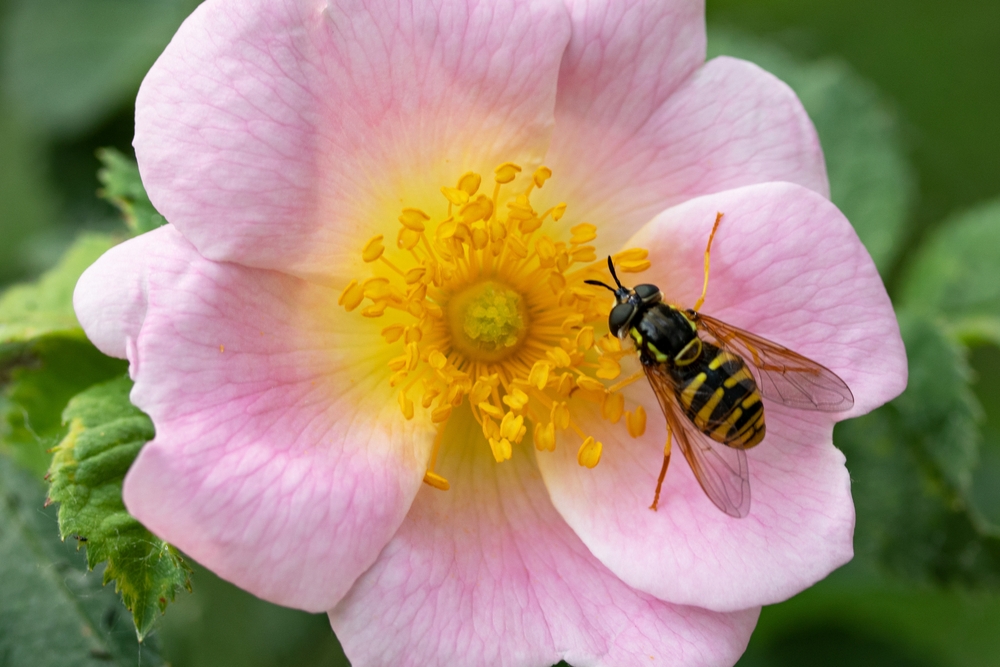
Pollinators help more than just backyard gardens. They play a huge role in farming and food production. Without them, grocery store shelves would look pretty empty, especially in the produce section. About one out of every three bites of food we eat depends on pollinators in some way.
Unfortunately, bee and butterfly numbers have been dropping in recent years. This is mostly because of habitat loss, chemicals, and changes in the weather. Cities and suburbs have replaced wildflower fields and open spaces, so it’s important to create more safe spaces where these insects can thrive. Even a small pollinator garden can make a difference.
Choosing the Right Plants for Pollinators
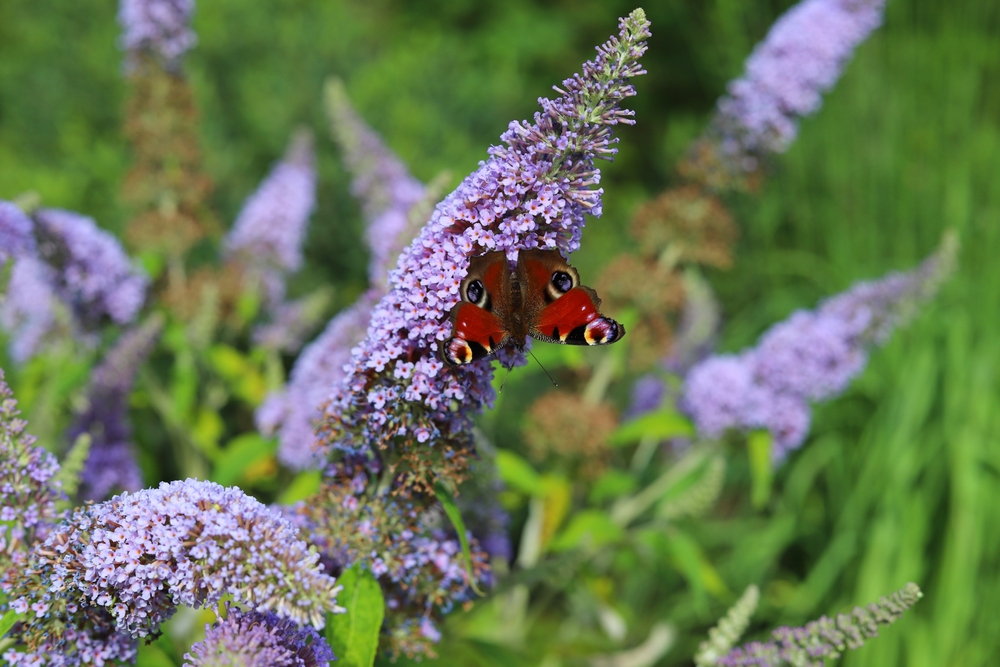
Native plants are your best bet when it comes to attracting pollinators. They’ve grown in your area for a long time and provide exactly what local bees and butterflies are looking for. They’re usually easier to care for, too, since they’re already suited to your local soil and weather.
- In spring crocus, primrose, and lilac are good choices.
- For summer, go for echinacea, lavender, and sunflower.
- As for fall, goldenrod, aster, and sedum are your best bet.
Look for flowers that are brightly colored and full of nectar. Flat or shallow blooms are easier for pollinators to land on. To keep your garden buzzing from spring through fall, plant a mix that blooms in different seasons:
Providing Food Sources for Pollinators

Pollinators need steady meals throughout the growing season. That means planting a variety of flowers so something is always in bloom. Group the same type of plant together so it’s easier for pollinators to find and feed on them.
Herbs can help, too. Let thyme, basil, and mint bloom before you harvest them, as they can attract bees, butterflies, and other helpful insects. Plus, they’ll make your garden smell amazing.
Creating Safe Shelter and Habitat
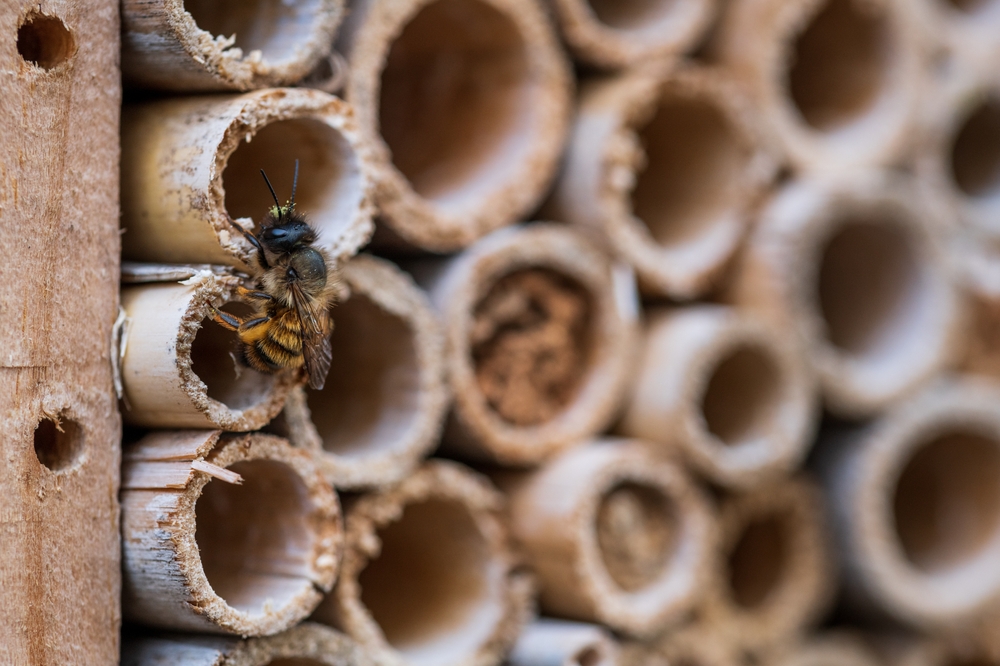
Pollinators need more than just flowers. They also need places to rest, nest, and stay safe from wind and predators. You can create shelter in simple ways:
- Plant trees, shrubs, and tall grasses
- Let some parts of your garden grow a bit wild
- Add a bee hotel or butterfly house
If you leave a few dead plants and leaf piles over winter, they’ll provide a safe hiding spot for insects until spring. It might not look tidy, but it’s a big help to the tiny guests in your garden.
Avoiding Harmful Chemicals
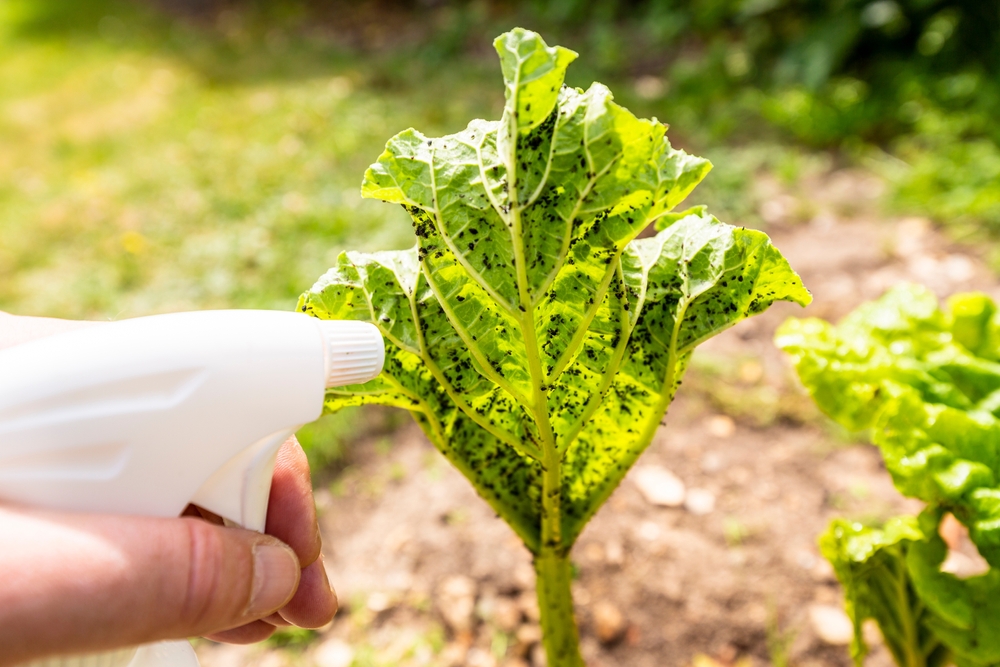
Pesticides and herbicides can do a lot of harm to pollinators, even if they’re meant for other insects or weeds. Try skipping the chemicals and go with natural methods instead.
Companion planting can help keep pests away, and using floating row covers or hand-picking bugs can be just as effective. If you need a little extra help, there are organic sprays made from neem or garlic that won’t harm bees and butterflies when used properly.
Water Sources for Pollinators
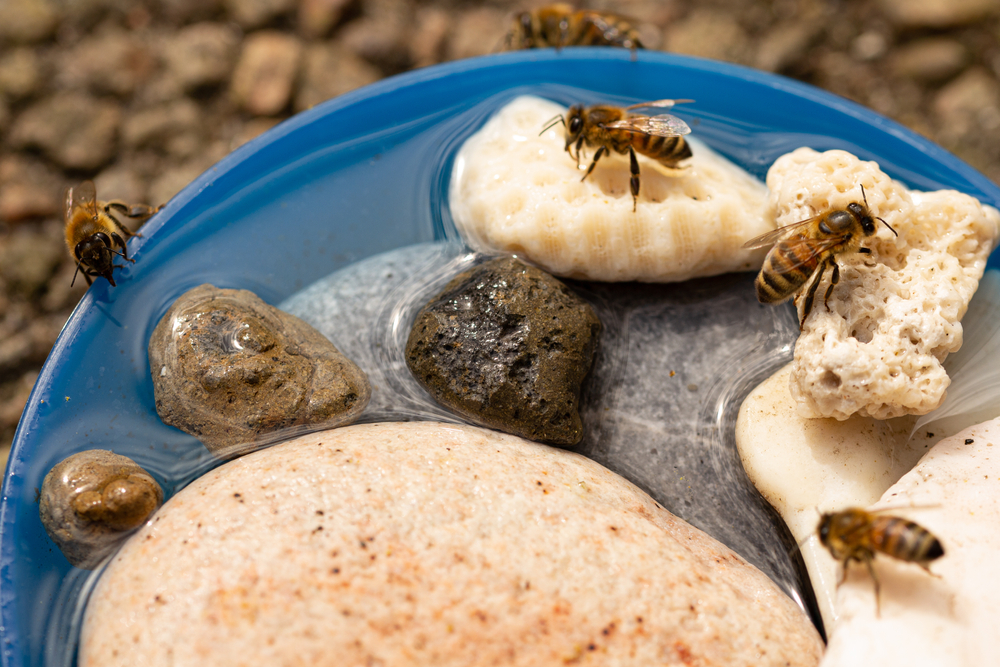
Just like birds and people, pollinators need water to stay hydrated. A shallow dish or birdbath works well. Add some small stones or twigs so bees have a place to land while they drink.
Here are a few tips to keep your garden safe and inviting.
- Change the water often
- Avoid deep containers
- Place the water source in a quiet, shady spot
If you want something more decorative, a small pond or bubbling fountain can serve the same purpose.
The Role of Mulch in Pollinator Gardens
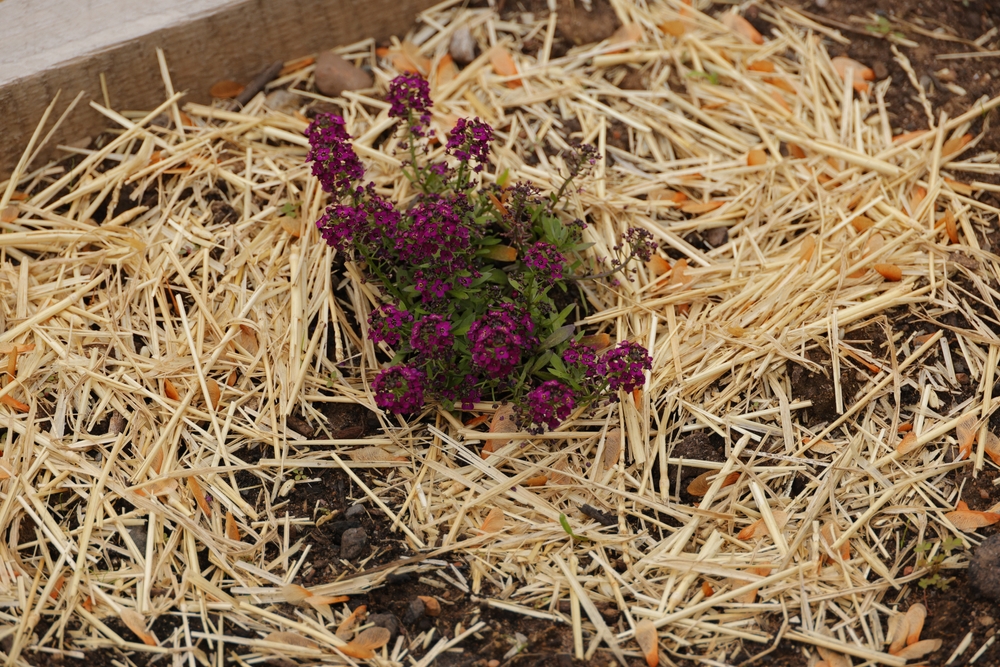
Mulch helps keep the soil moist and cool, but it also makes a good nesting spot for ground-dwelling bees. Natural options like wood chips or straw are best. Try leaving a few bare patches of soil here and there, too, for bees that prefer to dig.
Be careful not to pile mulch too high around plants, since that can cause rot. A thin layer does the trick and still leaves room for pollinators to move around.
How to Support Pollinators Beyond Your Garden
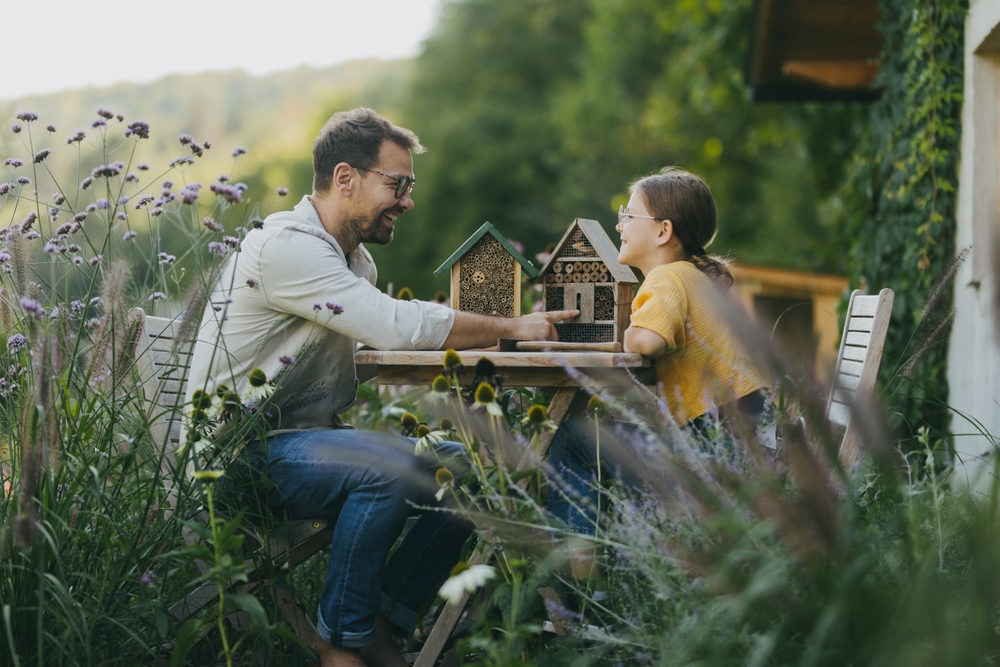
If you’ve created a pollinator garden, encourage your neighbors to do the same. More gardens mean more food and shelter for pollinators, especially in areas where wild spaces are disappearing.
Local parks, schools, and city spaces can also become pollinator havens. Some towns have started planting wildflowers in medians and along sidewalks. You can also support groups that work to protect these helpful insects and their habitats.
Bringing bees and butterflies into your garden isn’t just good for your plants. It helps the bigger picture, too. Pollinators play a big role in keeping our food growing and our flowers blooming.
It doesn’t take much to make a difference. A few well-chosen plants, a safe place to land, and clean water can turn your yard into a buzzing, fluttering space full of life. Why not get started this weekend?
This article originally appeared on Avocadu.
